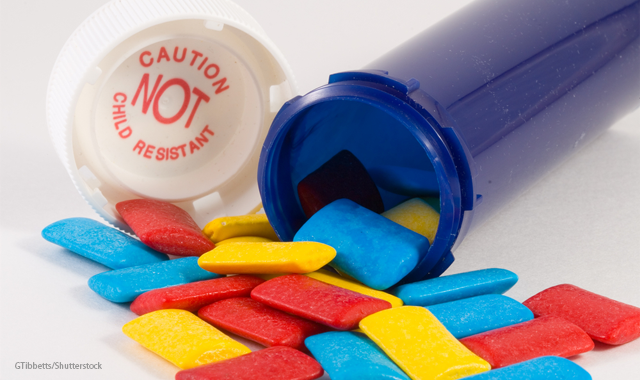- Safety & Recalls
- Regulatory Updates
- Drug Coverage
- COPD
- Cardiovascular
- Obstetrics-Gynecology & Women's Health
- Ophthalmology
- Clinical Pharmacology
- Pediatrics
- Urology
- Pharmacy
- Idiopathic Pulmonary Fibrosis
- Diabetes and Endocrinology
- Allergy, Immunology, and ENT
- Musculoskeletal/Rheumatology
- Respiratory
- Psychiatry and Behavioral Health
- Dermatology
- Oncology
54% of Top-Selling Medicare Drugs Rated as Low-Benefit, Study Finds
The study found that Medicare patients used low-benefit options more frequently than high-benefit options.

Of the 50 highest-selling brand-name drugs, 27 may provide low therapeutic benefit, according to a study of Medicare data from the Brigham and Women’s Hospital and Harvard Medical School. The study was published in JAMA.
As part of the Inflation Reduction Act of 2022 (IRA), the U.S. reversed a long-standing policy regarding Medicare’s ability to negotiate prices on brand-name medications. Before this change, pharmaceutical companies retained the ability to set their own prices for new brand-name drugs. The legislative change, set to take effect in 2026, allows Medicare to negotiate these prices in an effort to bring down drug costs.
In price negotiations, Medicare is expected to focus heavily on added therapeutic benefit, i.e. comparing the clinical effectiveness of new drugs to that of current treatment options.
“The Inflation Reduction Act negotiation process provides a great opportunity for Medicare to quit overpaying for top-selling drugs that do not offer meaningful clinical benefits over lower cost treatments,” Alexander Egilman, one of the study authors, said in a statement.
Because price negotiation with added therapeutic benefit is a new concept in the U.S. healthcare market, researchers with the Program on Regulation, Therapeutics, and Law (PORTAL) in Boston sought to understand the impact this new development could have on Medicare drug costs.
PORTAL researchers assessed the 50 most popular brand-name drugs in Medicare, utilizing added therapeutic benefit ratings provided by prominent health technology assessment organizations in Canada, France, and Germany. Each drug was rated as having a high therapeutic benefit (significantly improved health and safety outcomes for patients) or low therapeutic benefit (no significant improvements).
The study concluded that over half of Medicare beneficiaries' 50 most-used brand-name medications had a low benefit rating across all three countries. Their analysis of public Medicare records showed that these drugs accounted for 11% of Medicare spending in 2020. Further, the study found that Medicare patients used low-benefit options more frequently than high-benefit options.
Should Medicare beneficiaries expect major decreases in medication costs starting in 2026? Not necessarily, according to the study authors. “Our study found that many top-selling drugs with limited added benefits won’t be eligible for price negotiation for years because the IRA restricts negotiation to a maximum of 20 drugs per year and until 9-13 years after drug approval,” Egilman said.
He offered a solution: “Congress should consider expanding price negotiation under the IRA to ensure all drugs are reimbursed based on the clinical benefits they provide to patients.”
Payers Recognize the Benefits, but Still See Weight Loss Drugs through a Cost Lens
April 12th 2024Jeffrey Casberg, M.S., R.Ph., a senior vice president of clinical pharmacy at IPD Analytics LLC, a drug intelligence firm that advises payers and pharmaceutical companies, talks about how payers are thinking about weight-loss drugs.
